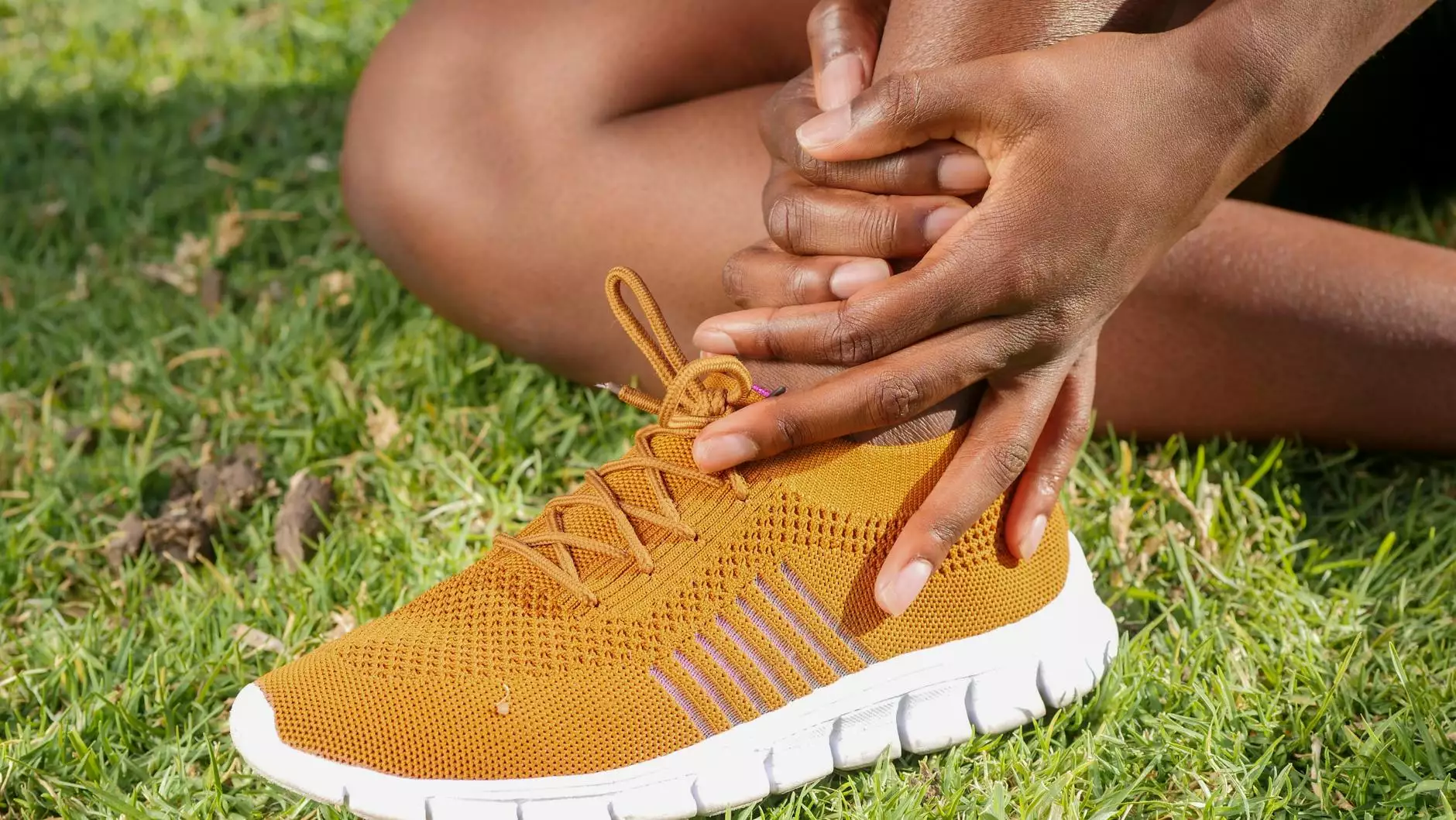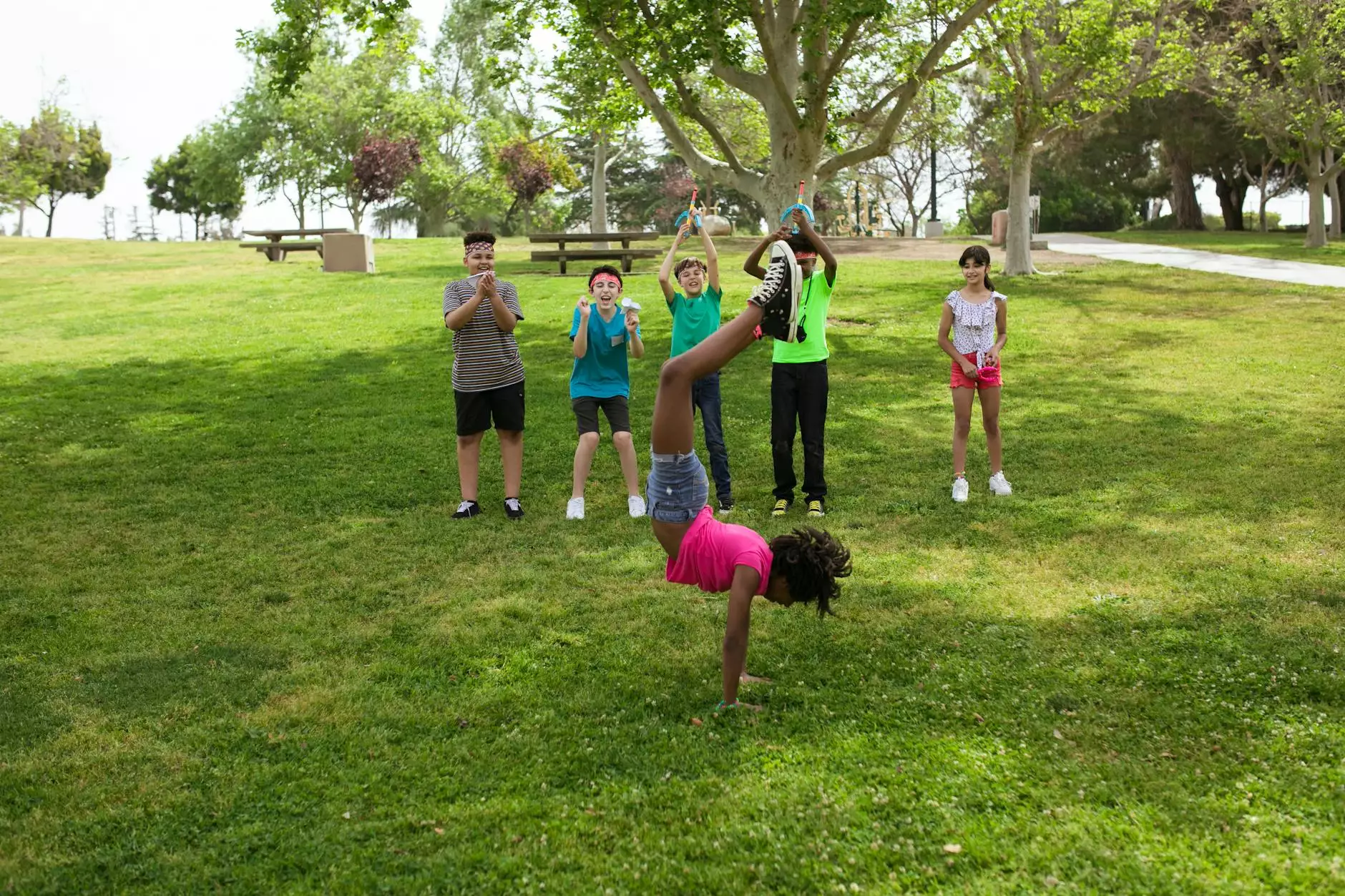Iliotibial Band Syndrome and Hip Health: Understanding and Managing Your Pain

The human body is a complex masterpiece, capable of incredible movement and endurance. However, this intricate system can sometimes be hindered by conditions such as Iliotibial Band Syndrome (ITBS), affecting various aspects of our lives. This article delves into the details of ITBS, specifically its impact on hip health, while offering insights for effective management and prevention. If you're seeking knowledge on this condition and its effects on your feet, hips, and overall movement, continue reading!
What is Iliotibial Band Syndrome?
Iliotibial Band Syndrome is a common overuse injury typically seen in runners, cyclists, and those who engage in repetitive activities. It involves inflammation of the iliotibial band, a thick band of fibrous tissue that runs along the outside of the thigh, from the hip to the knee. This band plays a critical role in stabilizing the knee during movement, meaning any dysfunction can significantly affect mobility.
Understanding the Anatomy of the Iliotibial Band
The iliotibial band is an essential anatomical structure that provides support during activities involving leg movement. Here’s a closer look at what it entails:
- Composition: Made up of dense fibrous tissue to withstand stress.
- Location: Runs from the outer aspect of the pelvis down to the tibia (shin bone).
- Function: Serves to stabilize the knee and assist in leg motion, especially during walking, running, and cycling.
Causes of Iliotibial Band Syndrome
Understanding the potential causes behind Iliotibial Band Syndrome is crucial for prevention and treatment. Key factors include:
- Overuse: Engaging in activities that involve repetitive flexion and extension of the knee.
- Improper biomechanics: Issues such as overpronation or underpronation can lead to extra strain on the iliotibial band.
- Training errors: Sudden increases in intensity or volume without proper conditioning can trigger ITBS.
- Inadequate equipment: Using unsuitable footwear or gear can negatively impact your form and lead to injury.
- Anatomical issues: Individual differences in anatomy, including leg length discrepancies, can contribute to the risk.
Symptoms of Iliotibial Band Syndrome
Recognizing the symptoms of ITBS is vital for early intervention. Common signs include:
- Pain on the outer knee: This is the most prevalent symptom, often worsening with activity.
- Hip discomfort: Pain may radiate up to the hip area, affecting overall mobility.
- Swelling: Inflammation can lead to swelling along the outside of the knee.
- Clicking sensation: Some individuals may report a snapping or clicking when bending the knee.
Diagnosing Iliotibial Band Syndrome
A proper diagnosis is essential for effective treatment. Healthcare professionals will typically conduct:
- Physical examination: Assessing the range of motion, strength, and any tenderness in the iliotibial band.
- Medical history: Reviewing past activities, injuries, and symptoms experienced.
- Imaging tests: X-rays or MRIs may be utilized to rule out other conditions such as tears or fractures.
Treatment Options for Iliotibial Band Syndrome
Fortunately, Iliotibial Band Syndrome can often be managed effectively with a combination of treatments, including:
Rest and Activity Modification
Allowing your body to heal is crucial. Modify your activities to reduce stress on the knee and hip areas. This may include:
- Avoiding aggravating activities: Such as running downhill or on uneven surfaces.
- Incorporating low-impact exercises: Opt for swimming or cycling to maintain fitness without overstraining.
Iliotibial Band Stretching and Strengthening Exercises
Engaging in specific stretching and strengthening routines can significantly alleviate symptoms. Recommended exercises include:
- Iliotibial band stretches: Lying on your back, cross one leg over the other, gently pulling the knee towards the opposite side.
- Hip abductor strengthening: Using resistance bands, practice lateral leg lifts to build support for the iliotibial band.
Physical Therapy
A physical therapist can develop a personalized program aimed at recovery and injury prevention. This collaboration may involve:
- Manual therapy techniques: To relieve tension in the iliotibial band.
- Biochemical training: To address and adjust any biomechanical issues contributing to the syndrome.
Medication and Injections
In some cases, healthcare providers may recommend:
- Nonsteroidal anti-inflammatory drugs (NSAIDs): To help reduce inflammation and pain.
- Corticosteroid injections: These can provide temporary relief for severe inflammation.
Preventing Iliotibial Band Syndrome
Preventive measures are essential to reduce the risk of developing ITBS. Consider the following strategies:
- Gradual training increases: Be mindful of how quickly you increase intensity or distance in your workouts.
- Proper footwear: Invest in quality running shoes suited for your foot type and biomechanics.
- Cross-training: Engage in varied forms of exercise to avoid overworking the same muscles.
- Flexibility and strength training: Incorporate regular stretching and strengthening routines into your fitness regimen.
Conclusion: Navigating Hip and Iliotibial Band Health
In conclusion, understanding and effectively managing Iliotibial Band Syndrome is crucial for maintaining a healthy and active lifestyle. By recognizing the symptoms, seeking timely diagnosis, and following through with appropriate treatments and preventive measures, individuals can significantly mitigate the risk of experiencing pain and mobility issues. Remember, your body's health is a priority, and by being proactive about your well-being, you can enjoy all the physical activities you love without the burden of injury.
For further information and personalized advice, consider consulting with a healthcare professional or a specialist in foot care and podiatry at The Foot Practice. They can provide tailored strategies to enhance your foot and hip health and guide you on your journey to recovery.
iliotibial band syndrome hip








